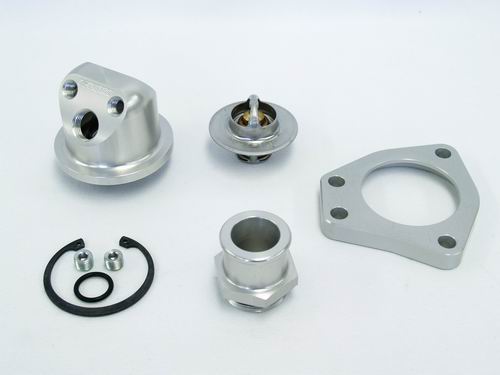I am going to be hooking up a Carbing Radiator Reservoir & have a few questions.
here is diagram of how it should be hooked up
![Image]()
my question is there some fitting outlet that is on the motor that can be used for the line that runs from the motor to the reservoir (see the "coolant with cavitation" bubble)
I was thinking of using a hasport adapter on the lower hose... does anyone know what size fitting that takes? I am guessing 3/4 npt maybe?
here is diagram of how it should be hooked up

my question is there some fitting outlet that is on the motor that can be used for the line that runs from the motor to the reservoir (see the "coolant with cavitation" bubble)
I was thinking of using a hasport adapter on the lower hose... does anyone know what size fitting that takes? I am guessing 3/4 npt maybe?

















